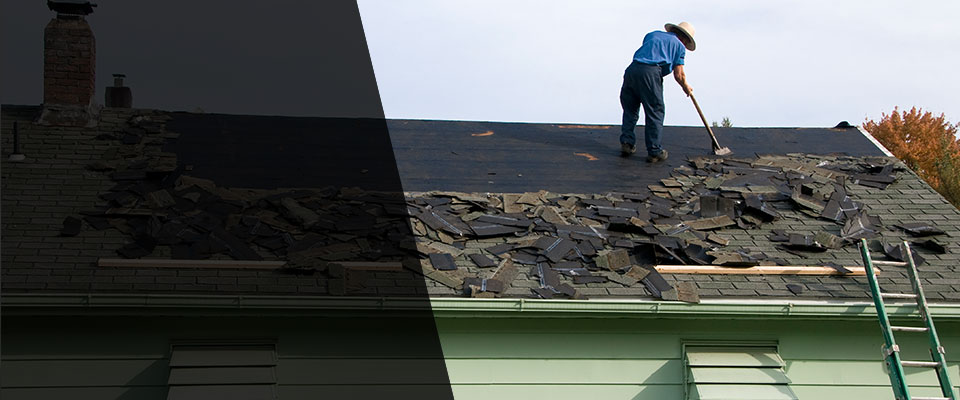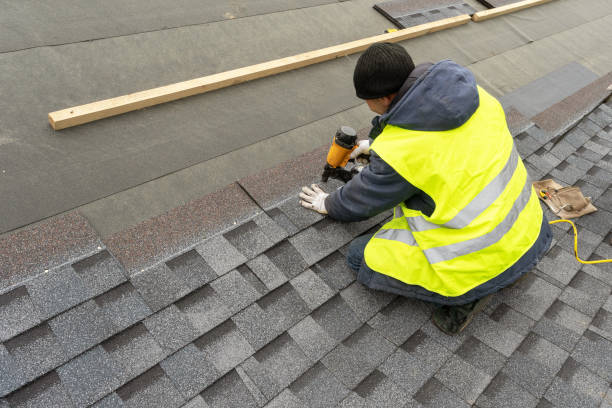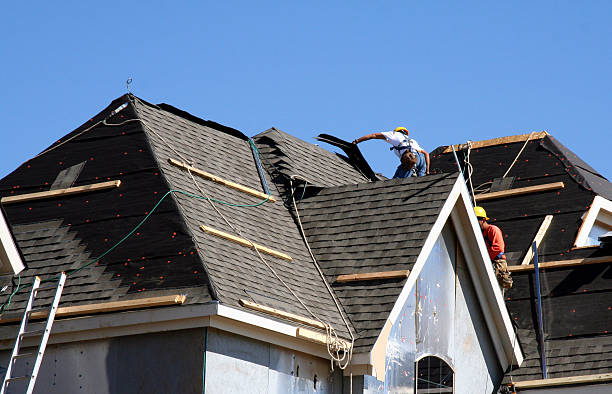Everybody desires and requires a protected and comfortable location to live. Lots of home repairs might be achieved throughout a weekend. There are some Do it yourself repairs that must not be attempted. A damaged, leaking roof is among the most feared home repairs considering that discovering and fixing a leak isn’t typically straightforward.
Stained or sagging sheetrock, flaking paint, or an obvious drip are all indications of a roof leak. Even a small undiscovered leak can trigger damaged insulation, mildew development, and rotted wood structure. A leak can also move and spread from the original broken area to another part of your residential or commercial property.
Repair a Leaking Roof Mill Neck, NY
Roofing Tiles
Structure your dream home considerably counts on a variety of aspects such as location, location restriction and budget plan, to name a few things. This is basically the very same with choosing the perfect roofing to match your choice. There are a multitude of roof materials offered in the market today. Contemporary roof styles are a combination of conventional aspects and contemporary technology.
Roof tiles are typically neglected when constructing a new house or making major remodellings on existing roofing systems. But it is very important to pick the very best roofing tile that would best enhance your home. Roof tiles been available in many ranges-- whether shingle, shake or slate, you make sure to find a roofing tile to feel and improve the look that you desire your house to radiate. When determining the overall cost incurred for brand-new roof, the cost needs to not only be the primary determining aspect. The resilience and durability of the products need to be accepted equivalent significance. House owners must likewise take into consideration the warranty of product and the maintenance cost.
Plastic roofing tiles are getting more popular because of its significant advantages over traditional roof tile products such as wood, ceramic, or slate. The lightweight quality, low expense, toughness makes it more enticing to property owners, home builders and designers.
Clay roof tiles are available in a variety of colors and in glazed and matte finish that does not fade out easily. Clays are eco-friendly and essentially upkeep complimentary. These tiles can last as much as several decades and can even be recycled.
If you prefer wooden roof tiles, cedar would be the ideal option. It lends a homey, country feel to homes and can last from 15 to 40 years. There is likewise a need to regularly monitor your roofs for split or damaged shingles, especially after a severe storm.
want a fire resistant roofing, then concrete tiles must be leading on your list. These roof tiles are resilient and inexpensive. However, the included weight of the concrete material needs structural reinforcements.
information when shopping for roofing system tiles. Require time to painstakingly discover the very best material to embellish your house. You'll probably live under that roofing system for many part of your life.
Roof tiles are often overlooked when constructing a new home or making major remodellings on existing roofings. It is essential to select the finest roofing tile that would best match your home. Roofing tiles come in many ranges-- whether shingle, slate or shake, you are sure to discover a roofing tile to enhance the look and feel that you want your home to radiate. Clay roof tiles are offered in a large variety of colors and in glazed and matte surface that does not fade out quickly. These roofing tiles are affordable and durable.
Roof Leak Repair near Mill Neck, New York 11765

Call 888-347-0551 Now!
Our expert Roof Leak Repair Contractors in Nassau County provide Expert Roofing Services. If you have any questions or concerns about our service area, please give us a call today. We are competitively priced in your area for Roof Leak Repairs because we are confident that you will be thrilled with how your roofing project will turn out. Again, call today to schedule a consultation for your roofing needs.
Flat Roofs
Flat roofs are a great method to keep a building safe from water. Understanding precisely what to do with a flat roofing will ensure you have a working roof system that will last a long time.
They may look great, and are really typical, flat roofs do require regular upkeep and detailed repair work in order to effectively avoid water seepage. You'll be delighted with your flat roof for a very long time if this is done correctly.
Flat roofs aren't as glamorous and/or popular as its newer equivalents, such as tile, copper, or slate roofs. Nevertheless, they are simply as crucial and need much more attention. In order to prevent discarding money on short-term repairs, you ought to know exactly how flat roofing system systems are created, the numerous types of flat roofings that are available, and the significance of regular examination and upkeep.
A flat roof system works by providing a waterproof membrane over a structure. It consists of one or more layers of hydrophobic products that is positioned over a structural deck with a vapor barrier that is generally positioned between the roof and the deck membrane.
Flashing, or thin strips of product such as copper, intersect with the membrane and the other structure elements to prevent water seepage. The water is then directed to drains, downspouts, and gutters by the roofing's minor pitch.
There are four most common kinds of flat roof systems. Noted in order of increasing resilience and expense, they are: roll asphalt, single-ply membrane, multiple-ply or built-up, and flat-seamed metal. They can vary anywhere from as low as $2 per square foot for roll asphalt or single-ply roofing that is applied over and existing roof, to $20 per square foot or more for new metal roofings.
Utilized since the 1890s, asphalt roll roof typically includes one layer of asphalt-saturated natural or fiberglass base felts that are applied over roof felt with nails and cold asphalt cement and generally covered with a granular mineral surface. The joints are typically covered over with a roofing substance. It can last about 10 years.
Single-ply membrane roofing is the latest type of roofing material. It is often used to replace multiple-ply roofs. 10 to 12 year warranties are typical, however proper installation is important and maintenance is still required.
Multiple-ply or built-up roofing, likewise known as BUR, is made of overlapping rolls of saturated or layered felts or mats that are sprinkled with layers of bitumen and surfaced with a granular roof tile, ballast, or sheet pavers that are used to protect the underlying materials from the weather. BURs are created to last 10 to 30 years, which depends upon the products used.
Ballast, or aggregate, of crushed stone or water-worn gravel is embedded in a coating of asphalt or coal tar. Because the ballast or tile pavers cover the membrane, it makes examining and keeping the seams of the roofing system difficult.
Lastly, flat-seamed roofs have been utilized given that the 19 th century. Made from small pieces of sheet metal soldered flush at the joints, it can last many decades depending upon the quality of the product, upkeep, and exposure to the components.
Galvanized metal does need routine painting in order to avoid deterioration and split seams require to be resoldered. Other metal surfaces, such as copper, can become pitted and pinholed from acid raid and usually requires replacing. Today copper, lead-coated copper, and terne-coated stainless steel are preferred as lasting flat roofs.
Flat roofs aren't as glamorous and/or popular as its newer equivalents, such as copper, tile, or slate roofing systems. In order to avoid throwing away money on short-term repair work, you ought to understand exactly how flat roof systems are designed, the different types of flat roofing systems that are offered, and the importance of routine assessment and maintenance.
There are 4 most common types of flat roof systems. They can range anywhere from as low as $2 per square foot for roll asphalt or single-ply roof that is used over and existing roof, to $20 per square foot or more for brand-new metal roofs.
Today copper, lead-coated copper, and terne-coated stainless steel are favored as lasting flat roofings.
Tri State Roofers of Mill Neck, NY 11765
Tel:888-347-0551
Roof Leak Repair Rating: 4.0 stars out of 76 Reviews
Main address: PO Box 775553 Mill Neck, NY 11765
United States
Find an Roof Leak Repair specialist for buildings of all types from homes of all sizes to condo complexes, apartment buildings and offices in Mill Neck, NY 11765
Trusted, dependable roof repair contractors on which homeowners can rely is also a priority. Our Roofing Contractors are dedicated to professionalism and excellent work. Please contact us right away if you need a roof repair contractor at 888-347-0551.







